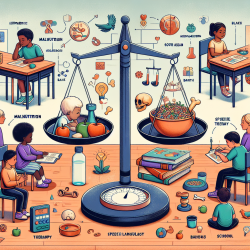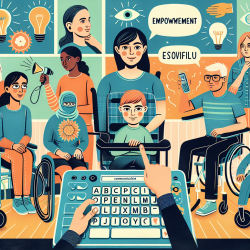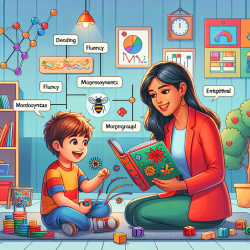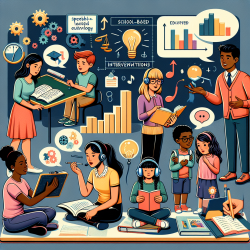In the world of pediatric care, two significant yet often overlooked issues are malnutrition and disability. Both are global public health problems, affecting millions of children worldwide. The recent research article, "Malnutrition and disability: unexplored opportunities for collaboration," highlights the critical intersections between these two fields and presents opportunities for practitioners to enhance their interventions.
The Connection Between Malnutrition and Disability
Malnutrition and disability are deeply interconnected. Malnutrition can cause or exacerbate disabilities, and disabilities can lead to malnutrition. The research outlines several pathways through which these interactions occur:
- Maternal Malnutrition: Nutritional deficiencies during pregnancy can lead to developmental impairments in the fetus, such as neural tube defects due to low folate levels.
- Child Nutrition: Children who are underweight or stunted are more likely to experience cognitive and physical impairments. For example, vitamin A deficiency can lead to blindness, while iron deficiency is linked to cognitive and behavioral issues.
- Disability Leading to Malnutrition: Children with disabilities often face feeding difficulties, leading to inadequate nutrient intake. Conditions like cerebral palsy can make it challenging for children to consume enough food, resulting in a vicious cycle of malnutrition and worsening disability.
Implementing Research Outcomes
To create better outcomes for children, practitioners can take several steps based on the research findings:
- Early Intervention: Screen for malnutrition and developmental delays early. Integrate nutrition assessments into routine disability evaluations.
- Parental Education: Educate parents and caregivers about the nutritional needs of children with disabilities. Provide guidance on feeding techniques and nutritional supplements.
- Collaborative Programs: Develop integrated programs that address both nutrition and disability. For example, nutrition services can serve as entry points for disability screenings and vice versa.
- Advocacy and Policy: Advocate for policies that ensure children with disabilities receive adequate nutrition. This includes ensuring access to fortified foods and nutritional supplements.
Encouraging Further Research
While the current research provides a solid foundation, more data is needed to fully understand the nuances of the malnutrition-disability link. Practitioners are encouraged to contribute to this growing field by:
- Conducting Longitudinal Studies: Track the long-term outcomes of children with disabilities who receive targeted nutritional interventions.
- Exploring New Interventions: Test new approaches to improving nutrition in children with disabilities, such as specialized feeding programs or community-based support systems.
- Collaborating Across Disciplines: Work with experts in nutrition, public health, and disability studies to develop comprehensive care models.
Conclusion
By understanding and addressing the intricate links between malnutrition and disability, practitioners can significantly improve the quality of life for children. The key lies in early intervention, parental education, collaborative programs, and ongoing research.
To read the original research paper, please follow this link: Malnutrition and disability: unexplored opportunities for collaboration.










